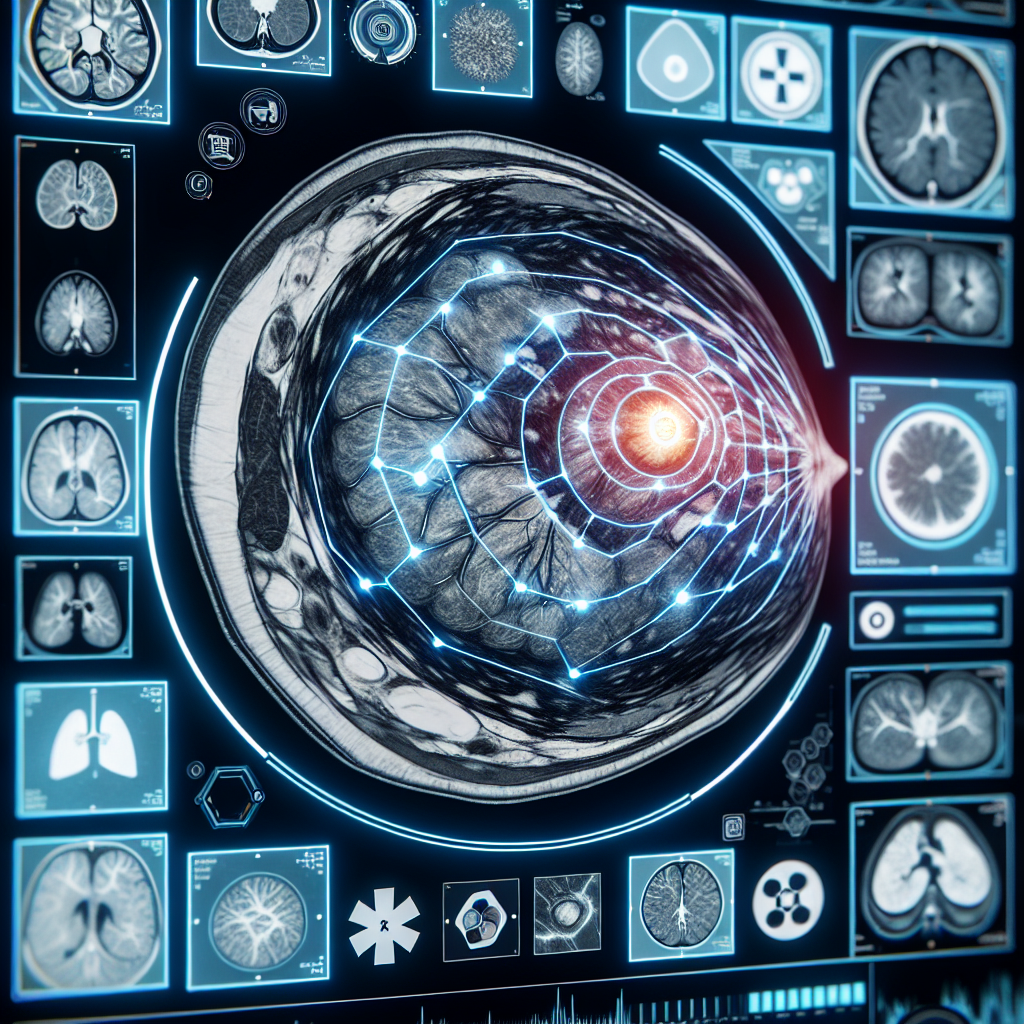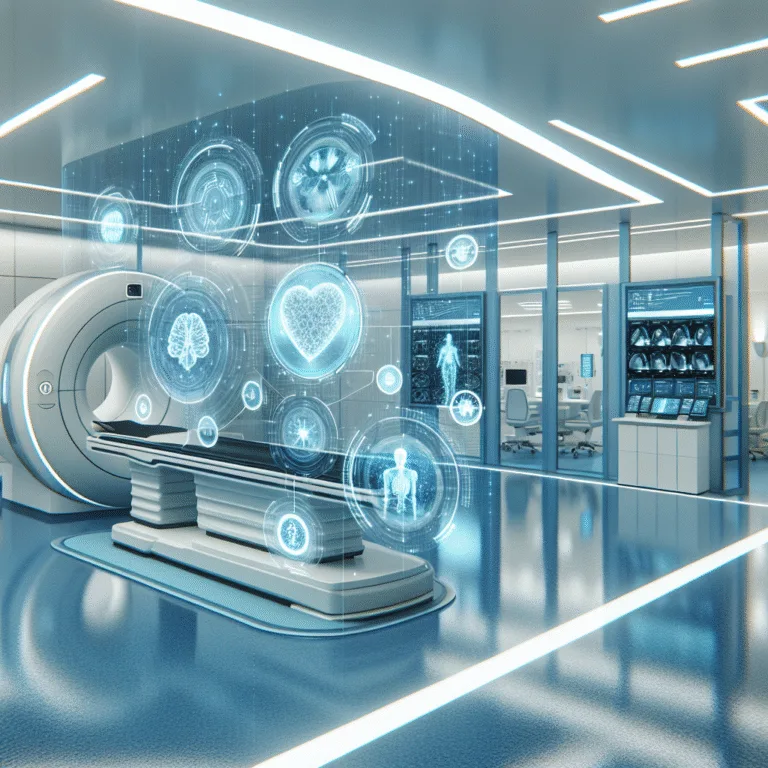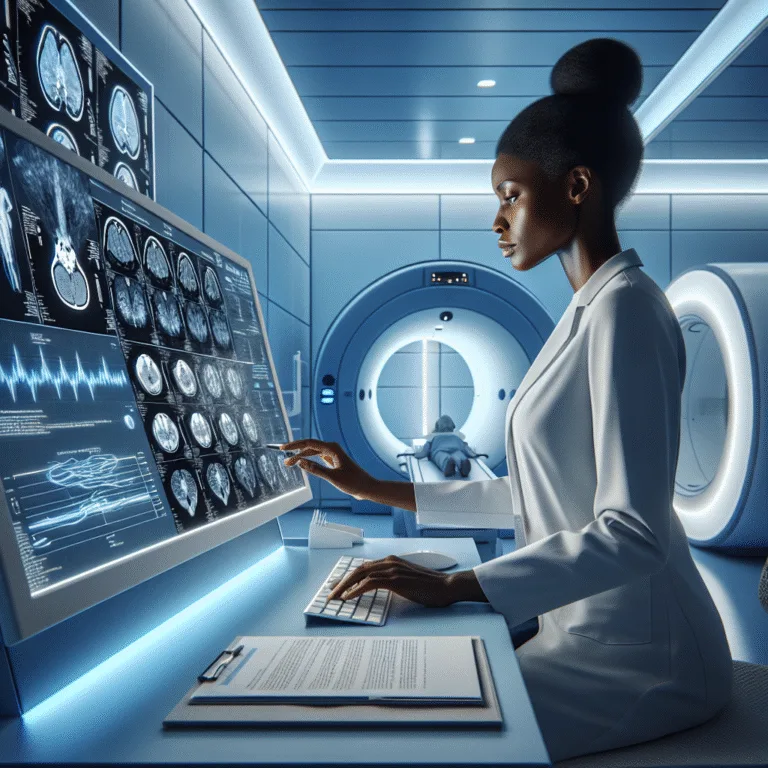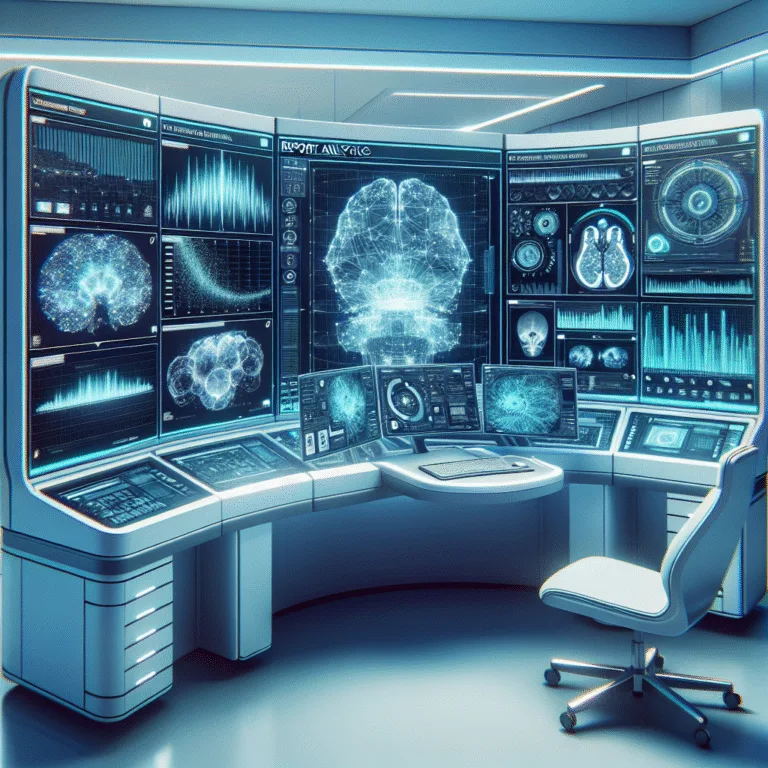Case Study: AI in Breast MRI Reporting & Its Impact on Patient Care
Case Study: AI in Breast MRI Reporting & Its Impact on Patient Care
In breast imaging, speed and accuracy are paramount. This case study examines the implementation of an AI-assisted reporting tool specifically for breast MRI. We show how the technology helped reduce turnaround times for critical results and improved report consistency, directly contributing to a more effective patient care pathway.
In the realm of breast imaging, the integration of artificial intelligence (AI) has become a transformative force. This case study on AI in breast MRI reporting delves into how AI tools enhance the speed and accuracy of reporting, thereby improving patient care. By examining a real-world implementation, we can understand the practical benefits and challenges of adopting AI in radiology practices.
Understanding the Role of AI in Breast MRI
AI technology in breast MRI reporting is designed to assist radiologists by automating routine tasks, enhancing image analysis, and ensuring consistency in reports. The integration of AI can significantly reduce the time required to interpret complex MRI images, allowing radiologists to focus on more nuanced aspects of patient care.
In a study published in Radiology: Artificial Intelligence, AI algorithms demonstrated a high level of accuracy in detecting breast lesions, comparable to experienced radiologists. This highlights the potential of AI to serve as a valuable tool in diagnostic workflows.
Case Study: Implementation of AI in Breast MRI Reporting
The case study focuses on a mid-sized hospital that implemented an AI-assisted reporting tool for breast MRI. The primary goals were to reduce turnaround times for critical results and improve the consistency of reports. The AI tool was integrated into the existing PACS (Picture Archiving and Communication System), allowing seamless workflow integration.
Initial Challenges and Solutions
Initially, radiologists were skeptical about the reliability of AI-generated suggestions. To address this, extensive training sessions were conducted to familiarize the staff with the AI tool’s capabilities and limitations. Moreover, the AI system was configured to provide confidence scores for its findings, enabling radiologists to make informed decisions.
Results and Impact
After six months of implementation, the hospital observed a 30% reduction in report turnaround times. The consistency of reports improved, with fewer discrepancies noted between different radiologists. Importantly, patient care pathways became more efficient, with faster diagnosis leading to quicker treatment initiation.
The use of AI also allowed radiologists to allocate more time to complex cases, enhancing the overall quality of care provided. This aligns with findings from a report by Radiological Society of North America (RSNA), which suggests that AI can help optimize radiologists’ workloads.
Practical Tips for Implementing AI in Breast MRI Reporting
For radiology departments considering the adoption of AI tools, the following practical tips can facilitate a smoother transition:
- Conduct thorough training: Ensure that all staff members are well-versed in the AI tool’s functionalities and limitations.
- Integrate seamlessly with existing systems: Choose AI solutions that can easily integrate with your current PACS or RIS (Radiology Information System).
- Monitor and evaluate performance: Regularly assess the AI tool’s performance and make necessary adjustments.
- Foster a collaborative environment: Encourage open communication between radiologists and IT staff to address any issues promptly.
By following these guidelines, radiology departments can maximize the benefits of AI, ultimately enhancing patient care and operational efficiency.
Sample Radiology Report Template
Below is a snippet of a radiology report template that incorporates AI findings:
Patient Name: [Name]
MRN: [Medical Record Number]
Date of Exam: [Date]
Exam Type: Breast MRI
Findings:
1. AI-assisted analysis identified a lesion in the right breast, measuring approximately 1.2 cm, with a confidence score of 95%.
2. Additional findings include [Additional Findings].
Impression:
- Likely benign lesion; recommend follow-up in 6 months.
- [Additional Impressions]
Radiologist: [Radiologist Name]
Date: [Date]
This template demonstrates how AI findings can be incorporated into traditional reporting formats, providing radiologists with a comprehensive overview of the case.
For radiologists looking to enhance their reporting efficiency, exploring AI solutions like Rad Report AI can be a game-changer. By leveraging AI, radiologists can produce faster, more accurate reports, ultimately improving patient outcomes.
In conclusion, the integration of AI in breast MRI reporting offers significant advantages in terms of speed, accuracy, and consistency. As technology continues to evolve, radiologists must stay informed and adapt to these advancements to provide the best possible care for their patients.
🚀 Try Rad Report AI For Free — and experience faster, smarter reporting today.







